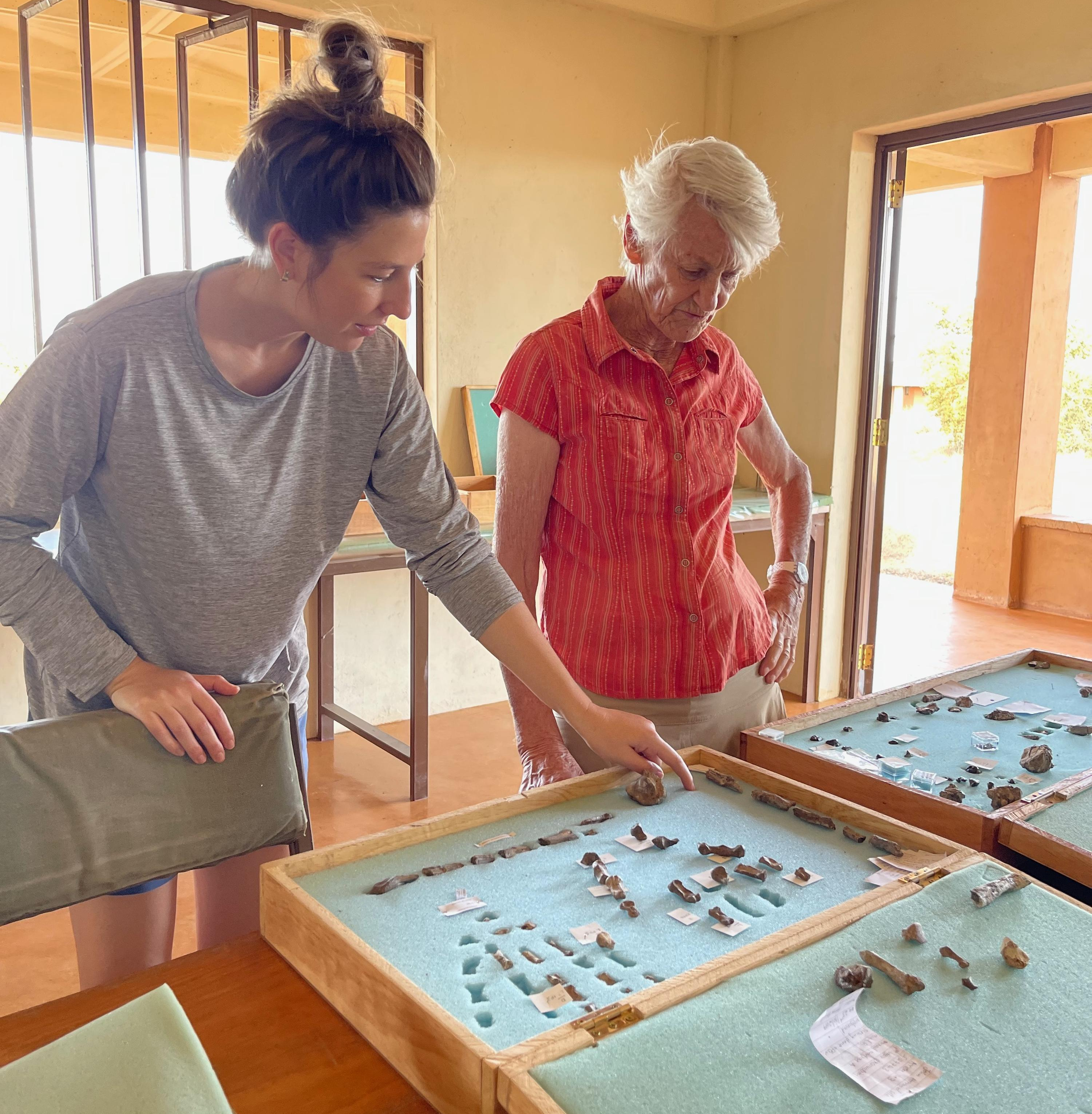The first almost complete set of hand bones from the ancient human relative Paranthropus boisei has been found, revealing a strong grip and potential for tool use. The find raises the possibility that one of the most significant styles of tools, dating back millions of years, could have been made by Paranthropus, rather than members of our own genus.
Paranthropus robustus was first described in 1938, based on skulls found in South Africa. In 1959, Mary Leakey discovered a skull at Olduvai Gorge, which was originally considered a new genus of human relative. However, after some of the push and pull common in taxonomy, it was reclassified as P. boisei, a different species from the South African fossils, but close enough to be part of the same genus.
That first P. boisei skull lay alongside Oldowan stone artifacts named after the site, leaving anthropologists to ponder if this was a coincidence, or if Paranthropus was the original advanced tool-maker.
[W]ithout the hominin dying with the stone tool in its hand, we can’t say for sure which hominin made it.
Dr Carrie Mongle
Despite more than a dozen further skulls or jaws and many teeth, no hand bones that can be clearly identified as any of the three recognized Paranthropus species have been found, leaving us with little knowledge of their lifestyle. Although clearly large-brained, we have not been able to tell if Paranthropus could make sophisticated tools – until now.
Some previously discovered hand bones might have been from Paranthropus, but without context, this remains disputed. Near Kenya’s Lake Turkana, 1.52 million-year-old hand and foot bones have been found next to a skull and teeth that palaeontologists have confidently determined to be from the same individual. Since the head was identifiably P. boisei, the rest of the body must be too, and both hands are nearly complete.

First author Dr Carrie Mongle points out the bones to anthropologist Maeve Leakey, daughter-in-law of Mary Leakey, who discovered the first Paranthropus boisei skull.
Image Credit: Louise Leakey
We can learn a lot from hand bones. The relatively long thumb compared to the fingers reveals that P. boisei could use their hands much as we can, with similar grip strength and dexterity, although the authors are unsure if the pinch grips would have been as precise as ours. However, the hands as a whole, and particularly the shape of the finger bones, are more like those of a gorilla than a modern human, suggesting a predilection for climbing, although not as strongly as in living species with curved finger bones.
The authors conclude that P. boisei was capable of advanced tool use, although the extent to which that capacity was applied is unknown. The impressive grip may have also been used to remove the indigestible parts of some plants.
From at least 2.1 million years ago, Paranthropus shared eastern Africa with members of our own genus. The individual to whom these hands belonged lived alongside Homo habilis, Homo rudolfensis, and Homo erectus. This has prevented anthropologists from knowing which species made the stone tools they find. However, the oldest Oldowan toolkits, used to shape plant materials and work other rocks, may date back 3.3 million years. This is thought to be a million years before the first members of Homo appeared.
On the other hand (literally), while there was doubt whether Paranthropus‘s hands were suited to tool use, that question was less immediate. Now it comes into renewed focus.
First author Dr Carrie Mongle of Stony Brook University told IFLScience, “I think it raises the possibility that [the Oldowan toolkit] could have been made by Paranthropus or Homo.”
Mongle doubts we will be able to settle the question easily. “Unfortunately, in these localities with multiple species, without the hominin dying with the stone tool in its hand, we can’t say for sure which hominin made it. We can now say that both would have been capable.”
“Everything about this P. boisei hand points to a powerful capacity to grasp — be it leafy vegetation, tools, rocks or branches — in a manner that is unique among known hominin fossils,” Professor Tracy Kivell of the Max Planck Institute for Evolutionary Biology and Dr Samar Syeda of the American Museum of Natural History, who were not involved with the study, write in an accompanying News & Views. Kivell and Syeda call the hand “wholly unexpected”.
The paper is published in Nature with the News & Views in the same edition.
Source Link: “Wholly Unexpected”: First-Ever Fossil Paranthropus Hand Raises Questions About Earliest Tool Makers’ Identity